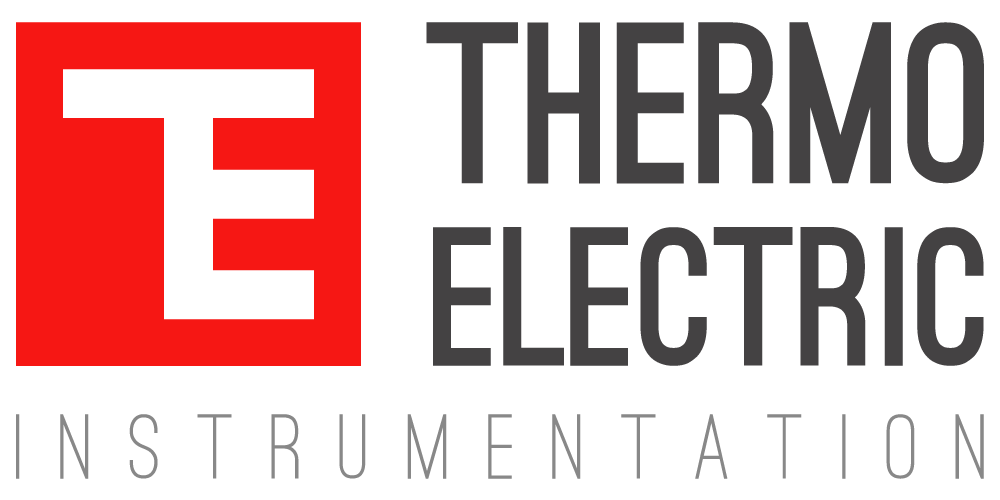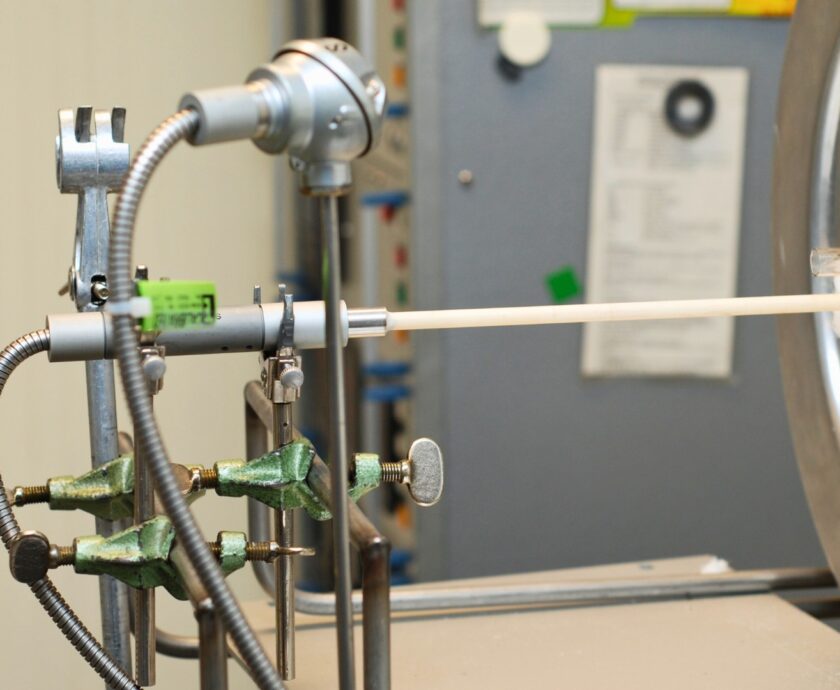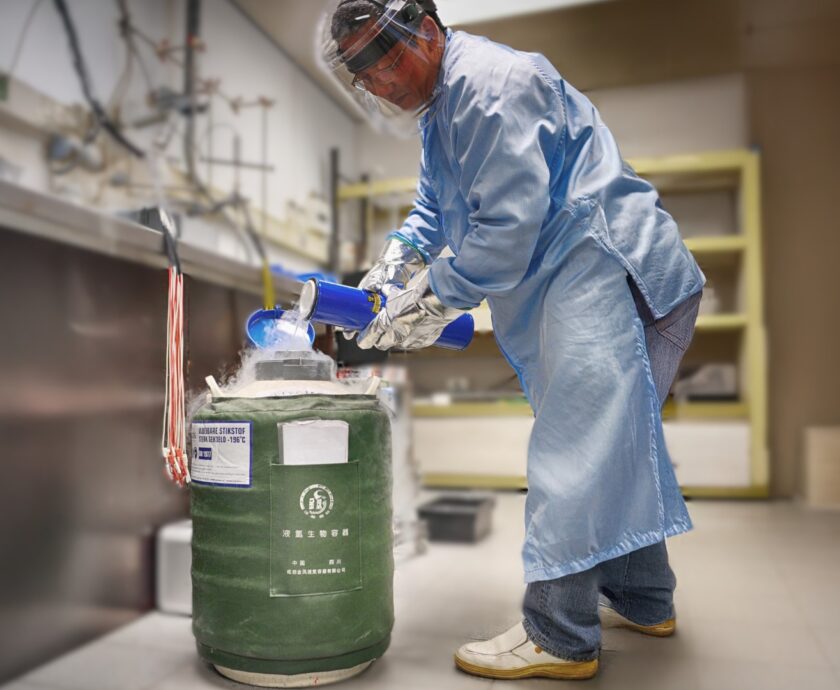Temperature sensors are essential for maintaining the accuracy and efficiency of industrial processes. However, even the best temperature sensors can experience drift over time, leading to inaccurate readings and potentially costly consequences. Regular calibration is the key to ensuring that temperature sensors provide reliable and consistent data. This article explains why calibration is critical and how it benefits various industries that rely on precise temperature measurement.
The Consequences of Inaccurate Temperature Measurements
Inaccurate temperature readings can have significant negative impacts, including:
- Compromised Product Quality: In industries such as food processing, pharmaceuticals, and chemical manufacturing, even slight deviations in temperature can affect product quality, leading to waste, defects, or recalls.
- Safety Hazards: In high-risk environments like power generation, oil and gas, and chemical processing, incorrect temperature readings can create unsafe conditions, increasing the risk of equipment damage or dangerous incidents.
- Reduced Efficiency: Inaccurate temperature control can lead to inefficient energy use, resulting in higher operational costs and increased emissions and ultimately negatively impacting sustainability plans.
How Calibration Ensures Accuracy
Calibration is the process of comparing a temperature sensor’s readings to a known reference standard and making adjustments to correct any discrepancies. This ensures that the sensor provides accurate measurements within the required tolerance.
- Prevents Measurement Drift: Over time, sensors may drift due to exposure to harsh environments, temperature cycling, or mechanical stress. Calibration helps identify and correct drift, ensuring that sensors remain accurate.
- Traceability to Standards: Calibration performed by accredited laboratories such as our in-house calibration, ensures that the results are traceable to international standards. This traceability is important for maintaining compliance with industry regulations and quality control systems, such as ISO 9001.
Determining Calibration Frequency
The frequency of calibration depends on several factors, including the sensor type, operating environment, and the criticality of the measurement:
- Harsh Environments: Sensors operating in extreme conditions, such as high temperatures, corrosive environments, or high pressures, should be calibrated more frequently due to the increased risk of drift.
- Critical Applications: For applications where temperature accuracy is essential to product quality or safety, more frequent calibration is necessary to maintain reliability. Industries such as pharmaceuticals and aerospace often require stricter calibration schedules.
- Manufacturer Recommendations: Always refer to the sensor manufacturer’s guidelines for recommended calibration intervals, as these are based on extensive testing and performance data.
Benefits of Regular Calibration
- Improved Product Quality
Regular calibration ensures that temperature sensors provide accurate readings, which is crucial for maintaining product quality. In industries like food and pharmaceuticals, maintaining precise temperature control is essential for meeting regulatory standards and ensuring consumer safety.
- Enhanced Safety
Accurate temperature readings are vital for preventing hazardous situations, especially in high-risk environments. Regular calibration reduces the likelihood of incorrect readings that could lead to overheating, chemical reactions, or equipment failure, thereby enhancing workplace safety.
- Energy Efficiency
Precise temperature control helps optimize energy usage. When sensors are properly calibrated, processes run at their intended temperatures, avoiding unnecessary heating or cooling. This leads to reduced energy consumption, lower costs, and a smaller carbon footprint.
- Compliance with Industry Standards
Many industries are required to comply with strict regulations regarding temperature control. Regular calibration ensures that sensors meet these standards, providing the traceable and documented proof needed for regulatory compliance. Accredited calibration services, such as those certified to ISO 17025, offer the highest level of reliability and traceability.
Best Practices for Calibration
To ensure that temperature sensors remain accurate and reliable, follow these best practices for calibration:
- Work with Accredited Laboratories: Partner with a calibration laboratory accredited to ISO 17025, like ourselves, to ensure the highest quality and traceability of calibration results.
- Establish a Regular Calibration Schedule: Develop a calibration schedule based on the sensor’s application, environment, and criticality. Consistent calibration helps maintain accuracy and prevent unexpected drift.
- Keep Detailed Records: Document all calibration activities, including dates, results, and any adjustments made. These records are essential for quality management, regulatory compliance, and tracking sensor performance over time.
The Positive Impact of Regular Calibration
- Pharmaceutical Manufacturing
A pharmaceutical company needed to maintain precise temperature control during the production of temperature-sensitive products. By implementing a strict calibration schedule and working with an accredited calibration laboratory, the company ensured that all temperature sensors remained within the required tolerance. This resulted in consistent product quality, reduced waste, and full compliance with regulatory standards.
- Food Processing Facility
In a food processing facility, regular calibration of temperature sensors used in pasteurization was critical for ensuring food safety. By maintaining accurate temperature readings, the facility was able to meet regulatory requirements, prevent contamination, and reduce the risk of product recalls.
- Chemical Refinery
A chemical refinery faced challenges with temperature sensor drift due to harsh operating conditions. By increasing the frequency of calibration and using sensors with protective sheaths, the refinery was able to maintain accurate temperature control, improve process efficiency, and reduce the risk of safety incidents.
Wrapping Up
Regular calibration is critical for maintaining the accuracy and reliability of temperature sensors, ensuring consistent product quality, operational efficiency, and safety. By partnering with accredited calibration laboratories, establishing a regular calibration schedule, and following best practices, industries can minimize risks and optimize their processes.
Remember. Calibration is not just a routine maintenance task—it is an essential component of an effective quality management system. Accurate temperature measurements are vital for achieving regulatory compliance, reducing costs, and maintaining high standards of safety and quality. If you would like to discuss our calibration services, please get in touch, and our team will be more than happy to help.
